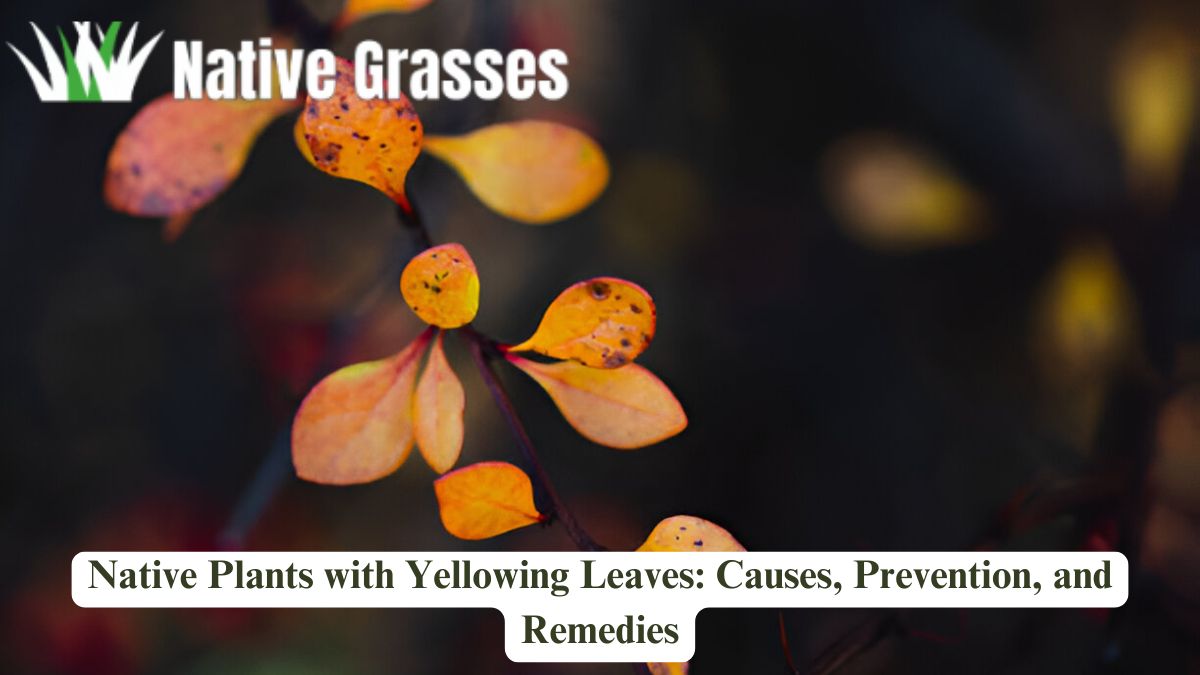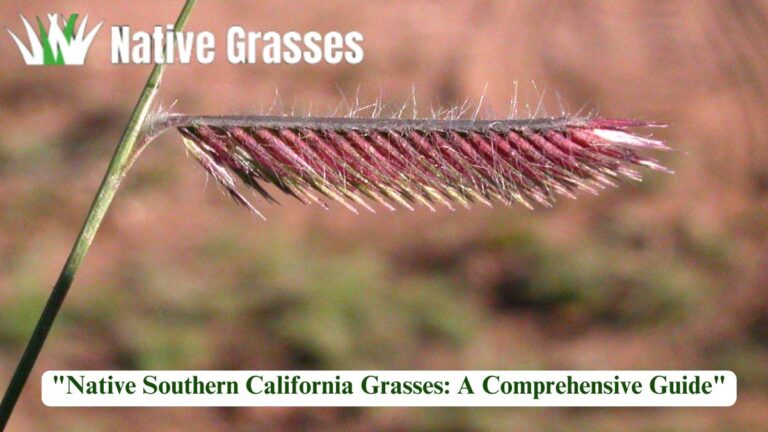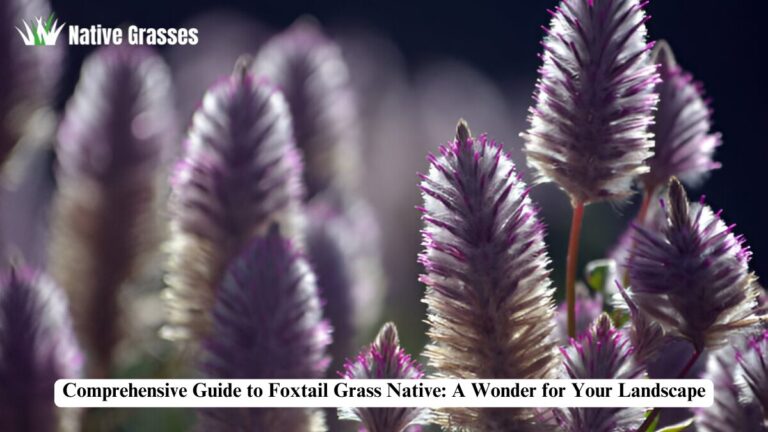Native Plants with Yellowing Leaves: Causes, Prevention, and Remedies

Have you noticed the leaves of your native plants turning yellow? This common issue can leave gardeners puzzled and worried about the health of their plants. Native plants, known for their adaptability and ecological benefits, are not immune to challenges. Yellowing leaves can signal anything from environmental stress to nutrient deficiencies or pest infestations.
In this comprehensive guide, we’ll delve deep into the reasons behind yellowing leaves in native plants, how to diagnose the problem, and effective strategies to prevent and treat it. Whether you’re a seasoned gardener or a beginner, this post will provide practical advice to help you maintain a thriving garden filled with healthy native plants.
Understanding Native Plants
What Are Native Plants?
Native plants are species that have naturally evolved in a specific region over thousands of years. They are well-adapted to local conditions, making them an excellent choice for sustainable gardening. Examples of native plants include:
- Milkweed (Asclepias spp.) in North America.
- Bluebells (Hyacinthoides non-scripta) in Europe.
- Kangaroo Paw (Anigozanthos spp.) in Australia.
Benefits of Growing Native Plants
Native plants offer a plethora of benefits:
- Environmental benefits: They require less water, fertilizer, and pesticides.
- Biodiversity support: They provide food and habitat for local wildlife.
- Soil health: Native plants contribute to improved soil quality by reducing erosion.
Common Challenges with Native Plants
Despite their resilience, native plants can face challenges such as poor soil quality, improper care, and pest attacks. One common issue is yellowing leaves, which we’ll explore in detail.
Why Do Leaves Turn Yellow? The Basics
Seasonal vs. Stress-Induced Yellowing
Not all yellowing is a sign of trouble. Seasonal yellowing is natural and occurs as plants prepare for dormancy. Stress-induced yellowing, however, is a red flag that needs attention.
The Science of Yellowing Leaves
Yellowing occurs due to a process called chlorosis, where leaves lose chlorophyll, the pigment responsible for their green color. Without chlorophyll, photosynthesis is impaired, affecting the plant’s growth.
Symptoms to Watch For
- Uniform yellowing: Often indicates nutrient deficiencies.
- Patchy yellowing: May signal pest infestations or diseases.
- Yellowing with curling or browning edges: Could point to environmental stress.
Common Causes of Yellowing Leaves in Native Plants
Environmental Stress
- Overwatering: Causes root rot and suffocates roots, leading to yellow leaves.
- Underwatering: Dehydration can cause leaves to yellow and drop.
- Temperature extremes: Sudden frost or heat waves stress plants, causing discoloration.
Nutrient Deficiencies
- Nitrogen deficiency: This leads to pale yellow leaves starting from the bottom.
- Iron chlorosis: Causes yellowing with green veins, especially in young leaves.
- Magnesium deficiency: Results in yellowing between leaf veins.
| Nutrient | Symptoms | Solution |
| Nitrogen | Overall yellowing, stunted growth | Apply nitrogen-rich fertilizer |
| Iron | Yellowing with green veins | Use iron chelates |
| Magnesium | Yellowing between veins | Add magnesium sulfate |
Pest Infestations
- Aphids: Small sap-sucking insects that weaken plants.
- Spider mites: Cause stippling and yellowing on leaves.
- Scale insects: Attach to stems and leaves, stealing nutrients.
Diagnosing the Issue
Observing Symptoms
Closely inspect the yellowing leaves. Ask yourself:
- Are the yellow spots uniform or irregular?
- Are there any pests visible on the underside of the leaves?
Testing Soil and Moisture Levels
Use tools like:
- Soil pH kits: To determine if pH levels are affecting nutrient availability.
- Moisture meters: To avoid over- or underwatering.
Keeping a Garden Journal
Documenting changes over time can help identify patterns and recurring issues.
Preventative Measures
Maintaining Healthy Soil
- Add organic matter like compost to enrich the soil.
- Test and adjust pH levels as needed (optimal pH: 6.0-7.0).
- Use mulch to retain moisture and regulate temperature.
Proper Watering Techniques
- Water deeply but infrequently to encourage deep root growth.
- Water early in the morning to minimize evaporation.
Managing Pests Naturally
- Companion planting: Use plants like marigolds to repel pests.
- Encourage beneficial insects: Ladybugs and lacewings can control aphid populations.
Remedies for Yellowing Leaves
Correcting Overwatering
- Improve drainage by adding sand or perlite to the soil.
- Avoid watering during rainy periods.
Addressing Nutrient Deficiencies
- Use fertilizers tailored to the specific deficiency.
- Incorporate organic options like compost tea or fish emulsion.
Controlling Pests and Diseases
- Spray neem oil or insecticidal soap for pests.
- Apply fungicides for fungal diseases like root rot.
Highlighting Native Plant Examples
Milkweed
- Problem: Overwatering leads to root rot.
- Solution: Ensure well-draining soil and reduce watering.
California Poppies
- Problem: Nutrient deficiency causing pale leaves.
- Solution: Use a balanced fertilizer during the growing season.
Eastern Redbud
- Problem: Seasonal yellowing mistaken for disease.
- Solution: Understand the plant’s natural growth cycle.
When to Seek Professional Help
Signs of Serious Issues
- Persistent yellowing despite interventions.
- Widespread pest infestations or fungal growth.
Finding Help
- Consult local horticulturists or cooperative extensions.
- Join gardening forums and community groups.
Conclusion
Yellowing leaves in native plants can be a source of frustration, but with proper knowledge and care, most issues are easily resolved. By understanding the causes, diagnosing problems accurately, and implementing preventative measures, you can keep your garden healthy and vibrant.
Frequently Asked Questions (FAQs)
Why are my plant’s leaves yellow even though I water regularly?
Overwatering may be the cause, leading to root suffocation.
Can yellow leaves turn green again?
In most cases, yellow leaves won’t revert but addressing the underlying issue prevents further damage.
What’s the best fertilizer for native plants?
A balanced, slow-release fertilizer designed for your soil type.
How do I test my soil’s pH?
Use a soil testing kit available at garden centers.
What are common pests affecting native plants?
Aphids, spider mites, and scale insects.
How often should I water native plants?
Once or twice a week, depending on the plant and weather.
What causes iron chlorosis?
High soil pH makes iron unavailable to plants.
Can native plants survive in clay soil?
Many can, but improving drainage helps.
What is companion planting?
Growing certain plants together to deter pests naturally.
Is it normal for leaves to be yellow in the fall?
Yes, seasonal changes often lead to natural yellowing.





